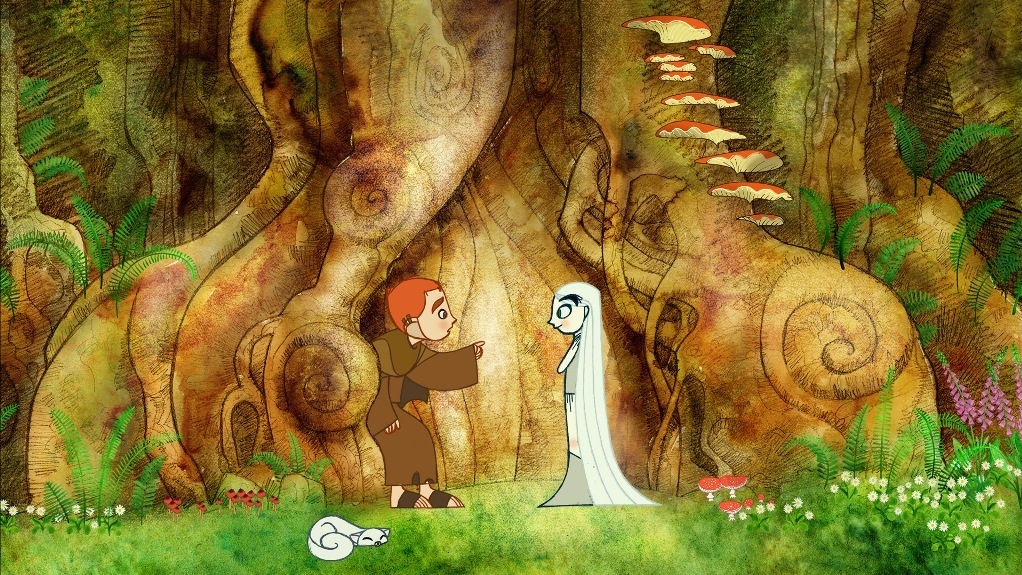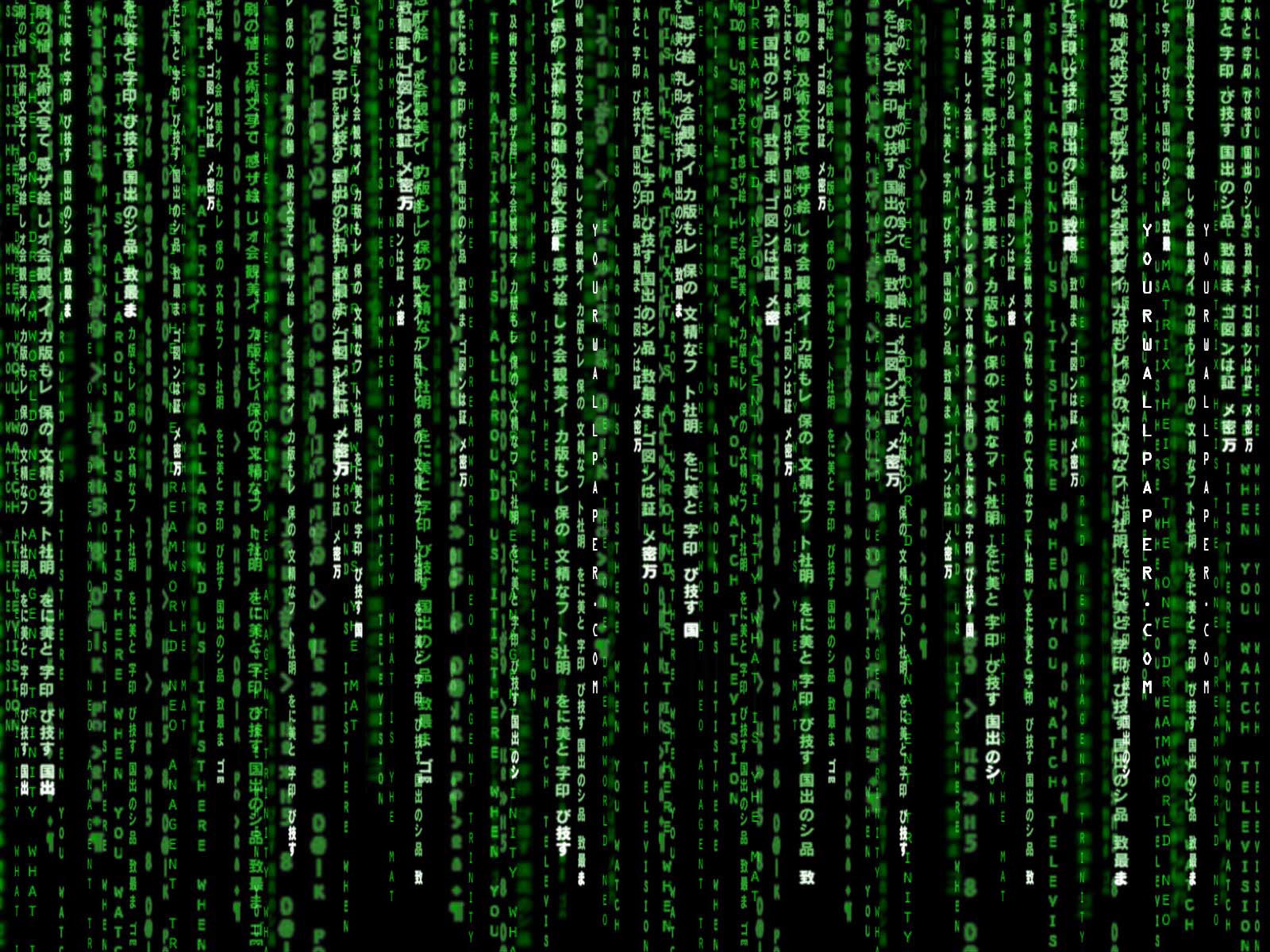Trends in Indian Cinema and its reflection on our Society
Cinema is the true reflector of the society we live in. What does Cinema stand for? Well, in my language, cinema is something that stands for humanism, ideas, tolerance, for reason, for progress, for adventures and sometimes also for the search of communal truth and reflects social aspects.
Since time immemorial, cinema has been acting as the mirror of our society and tends to simulate the incidents that take place in our lives. Indian Cinema has always been a pure source of recreation. Not just entertainment, but it also creates awareness, educates people and enthrals millions of lives throughout the Country. It has been successful in bringing out many hidden aspects of the society and many social prospects too.
An era with which we can relate modern cinema seems to have flourished in the 70s, starting with providing complete entertainment to the masses. Though directors like Shyam Benegal, Govind Nihilani and others kept the flame of art cinema alive, the commercial cinema surpassed the artistic cinema by leaps and bounds. Now the times are changing and hence the trends when it comes to modern cinema. It was then during the 80s-90s when Indian cinema witnessed huge commercialisation. We saw movies like like Kayamat se Kayamat Tak, Chandni, Tezaab and Maine Pyaar Kiya in 1980’s and Darr, Baazigar and Dilwale Dulhania Le Jayenge in 1990’s which brought in romance. The kind of love stories with happy couple and happier endings. This trend continued until the late 90s and early 2000’s with the release of super romantics like Kuch Kuch Hota Hai, Hum Dil De Chuke Sanam and Kabhi Khushi Kabhi Gham. Late 90s also witnessed these kind of films like Satya, Chandni Bar and Traffic Signal that got a lot of critical acclaim. These movies left a lasting impression in the minds and heart of Indian audience.
We saw movies like Lagaan and Rang de Basanti that earned huge appreciation from people all around the world. The sole reason behind the success of “Rang de Basanti”, “Gadar” and “Lagaan” was the element of patriotism. Movies like 3 idiots and My Name is Khan experimented with new subjects and saw huge success and became famous with larger groups of Indian audience.
Cinema is evolving as a popular subject. Cinema is one of the significant factor, that generates, promotes and visualizes smoother national feeling, is based on national societal endurance. Cinemas can accelerate the economy, the increase of efficiency and promotion of welfare in modern society. With changing times, the trends of Indian cinema are also changing. Earlier, the trend was more specific to Indian audience but now, it inclines more towards a global concept. We now find Indian actors who are willing to explore their skills in experimenting with bold and untouched subjects with reflect the society and culture at large. The type of films that are coming up have that Indian feel in terms of family bonding and virtues. Modern parallel cinema is bold, comedy is original, cult films are being conceptualized and there is a constant passion to improve.





